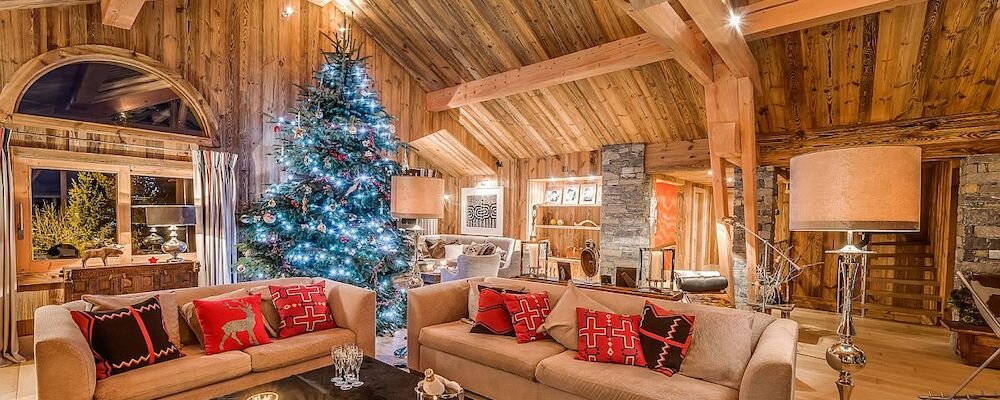Designmuseum Danmark reopens after Two-year Renovation
After a two-year total renovation, Designmuseum Danmark is now welcoming again visitors. Eight new exhibitions that show the impressive breadth and depth of the museum’s collections are on display.
After a thorough renovation (since Kaare Klint’s original interior design in the 1920s) of its 1700s-era building in the historic Copenhagen neighbourhood of Frederiksstaden, Designmuseum Danmark has reopened its doors on June 19th, 2022. Visitors are greeted by a newly restored facade and a full 2,500sqm of newly laid marble floor.
The museum’s re-opening will be commemorated with a variety of different events where guests can experience new exhibitions, a new shop and café, and new facilities in the garden. It’s also a chance to get closer to a unique example of architectural heritage in the heart of Copenhagen.
Designmuseum Danmark was founded in 1890 by the Confederation of Danish Industries in Copenhagen and the Ny Carlsberg Museumslegat. It opened to the public in 1895 in a newly-built museum building on what is now H.C. Andersens Boulevard and moved in 1926 to its current location, a former hospital. The museum’s main goal from the beginning was to communicate the idea of quality within design. By exhibiting exemplary objects and collections, it seeks to raise the level of Danish industrial products and act as a source of inspiration for people working in industry. It also aims at making contemporary consumers more critical and quality-oriented.
“We’ve used the time to rethink the entire museum experience. We have a greater focus on the crucial questions of the moment, including the green revolution, health, and identity. We believe that design, more than ever, can create connections between historic achievements and contemporary global and national challenges. Design is a prism through which we can understand human need, human dreams, and human behaviour in various eras. We want to be a living design archive and a space where everyone is welcome.”
New exhibition programme 2022
The museum’s opening programme includes both large and smaller exhibitions that cover the entire spectrum of design, from the wonders of the past to the great icons of modernism to the significant themes of today.
The future is present
This exhibition focuses on how today’s design solutions address to challenges of the future such as health, climate, and identity. The exhibition spaces, designed by the Danish architect studio Spacon&X, form a poetic universe inviting all visitors to think along. As an extension of this exhibition, the museum is introducing ACUTE, a new experimental space for contemporary art where changing exhibitions will put contemporary themes up for debate and present new talents. The first theme addresses sustainability and fashion. The exhibition design, which consists of flexible wooden modules, of organic pine with natural linseed oil, is also created by Spacon&X.
Powerful Patterns
The contemporary perspective is repeated in the exhibition Powerful Patterns, a playful and visually sensual universe that gives new life to some of the museum’s most colourful and fabulous patterns. The exhibition is created in co-operation with the multimedia artist, musician, and designer Henrik Vibskov.
Wonder
The exhibition WONDER will present the small wonders of the museum collection - from keyholes to fans and wonderful tea-making machines, Japanese sword ornaments and snuff boxes – all displayed in atmospheric rooms. The exhibition displays a treasure chest of the museum’s oldest and most unique collections and tips a hat to some of the wonderful and eccentric personalities who have helped build and expand the collections since the 1800s, turning “things” into museum objects.
Silver treasury
This gem of a small installation displays a hand-picked selection of some of the finest silver pieces in a specially designed treasury.
Table be set!
In this exhibition, visitors will encounter a 13-metre glass slab lit from within, designed by the acclaimed designer Boris Berlin. Resembling a golden, glowing worm in the darkened room, it tells the story of the history of mealtime design with seven settings of tableware from the Renaissance until today. The guests follow the evolution from “the table of the rich” set with an overabundance of silver settings and rare one-of-kind glasses to modernism’s simple tableware, with pots designed to sit directly on the now sparsely-set table.
In The Making
In this interactive exhibition, guests can try their skills with design processes via digital installations and physical objects.
The Magic of Form
This comprehensive exhibition takes visitors on a journey through the best of 20th century furniture, design, crafts, visual arts, and architecture. Here guests can see the critically-acclaimed audience favourite The Magic of Form – Design and Art, which was shown in 2021 at Kunsten Museum of Modern Art Aalborg. The exhibition is created in co-operation with Louisiana and Kunsten and brings together highlights from the three museums’ beautiful collections.



































